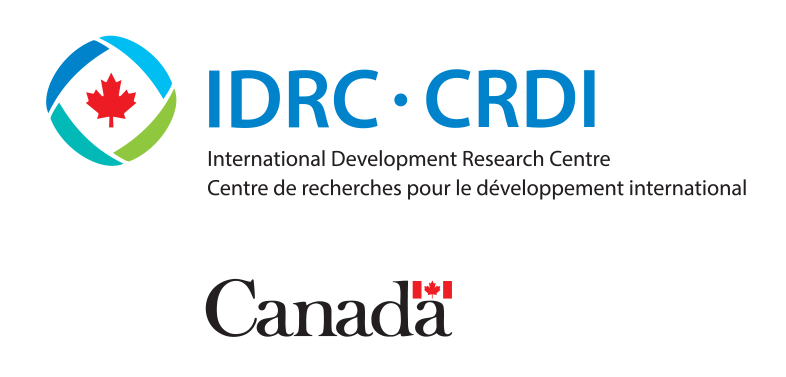
Comprehensive Wealth in Ethiopia
Accounting for sustainable development (1992-2020)
Despite most policy-makers' belief that GDP growth is the primary measure of success, the true core factors of economic progress are capital assets—human, natural, produced, financial, and social capital. These make up an economy's comprehensive wealth. Comprehensive wealth focuses on the stocks of underlying assets that generate income flows, which determine a society's well-being.
-
Comprehensive wealth in Ethiopia more than doubled between 1995 and 2020, growing annually at an average rate of 3.3%. However, wealth remains extremely low relative to other countries.
-
Produced capital is concentrated in the manufacturing sector, which accounts for a small share of GDP (4% in 2022). Agriculture contributes around 40% of GDP, but only 8% of produced capital was devoted to that industry.
-
Ethiopia has a high concentration of human and natural capital in traditional agriculture, which is labour intensive and has low returns.
Ethiopia has made progress in expanding its comprehensive wealth despite social, economic, and environmental challenges. The stock of real comprehensive wealth per capita doubled over the study period of 1995 to 2020, growing annually at 3%. Human capital—which represents between 50% and 65% of total wealth—was the main driver.
However, recent years have seen a reversal of this generally positive trend, with comprehensive wealth declining in real per capita terms in 2018/19 and 2019/20. On top of this, indicators of land use, temperature, and precipitation all point to growing pressures on ecosystems and climate. If nothing is done to reverse these trends, Ethiopia’s future prosperity will be compromised.
Through shifting the examination of Ethiopia’s economic performance beyond GDP to how it manages its wealth assets, this report provides clear policy recommendations for how Ethiopian leaders could try to grow the country’s stocks of assets and reduce the pressure from an increasing population.
You might also be interested in
Comprehensive Wealth in Trinidad and Tobago
The compilation of comprehensive wealth measures for Trinidad and Tobago from 1995 to 2020 reveals unsettling trends that GDP keeps invisible.
Comprehensive Wealth in Indonesia
A comprehensive wealth report for Indonesia reveals aspects of the country's development that are invisible through the lens of GDP growth alone.
The Urgency and Complexity of Moving Beyond GDP
Efforts to explore how the portfolio of capitals that make up comprehensive wealth—financial capital, produced capital, natural capital, human capital, and social capital—can give policy-makers insights into how their policies build wealth for their countries in the long run.
Produced Capital in Ethiopia, Indonesia, and Trinidad and Tobago
Part of comprehensive wealth, produced capital is the value of the stock of all human-made assets used to produce goods and services in the economy.
